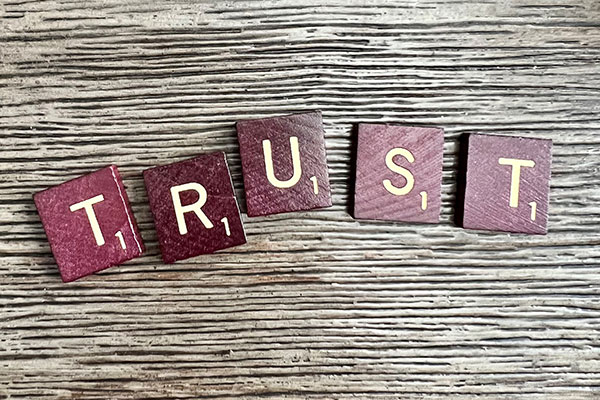Stories are delivered to us through many different media – visual arts, music, film, writing, theatre, games. There are a myriad of styles within each medium, but at their best, they all rely on an active engagement by the viewer, listener, reader, player. And they do that by providing space.
Think of a Matisse drawing – three or four simple lines can suggest a whole face. We don’t need to see all the features to recognise what it is. Think of the way a film moves from one scene to the next in less than a second, a simple cut taking us to a different place and time. We’re able to follow the story line by filling in the gaps ourselves. And what about a child’s dot-to-dot puzzle? We know what the picture is going to be without taking pen to paper; our life experience enables us to recognise the shape straight away. It’s the same when it comes to writing; good writers trust a reader’s ability to join the dots, to navigate the scene changes and fill in the gaps.
We all recognise and predict emotional states, signals and signs, consequences and behaviours (perhaps to varying degrees!). We are doing it all the time. Writers need to keep this mind. As Louise Doughty says in her book A Novel in a Year, ‘Trust your reader to guess at what your characters really mean in exactly the same way that we all have to guess at what people really mean in our daily lives.’
Carmel Bird, in Dear Writer, teases this out further: ‘Perhaps you thought that you, as the writer, were the one who had to do all the imagining, and that the reader was to get every detail of the picture from your words. The reader of fiction [and, I would add, narrative non-fiction] takes pleasure in doing some of the work, and will more readily believe you and trust you if there is work to do.’
That idea of trust is, I would argue, fundamental to the relationship between writer and reader. And it goes both ways. Just as you, the writer, need to trust the reader, you are also asking the reader to trust you. As Michael Ondaatje puts it: ‘The first line of every novel should be: Trust me, this will take time, but there is order here, very faint, very human.’ As a reader, I will trust you, the writer, if you show me that you understand my ability to join the dots and if you recognise that I can think for myself.
The key to evoking a reader’s trust and engaging them in your story lies in those spaces between the dots, those jump cuts, those absent lines in a drawing. The writer and editor William Zinsser’s theory is that ‘writing improves in direct ratio to the number of things we can keep out of it.’ But it’s not just about trimming and tightening text, it’s about an awareness of the potential that the spaces create.
Back to Carmel Bird: ‘Strangely enough, the strength of fiction seems to lie as much in what is left out as in what is included; as much in the spaces between the words as in the words.’ The writer Brian Kiteley puts it this way: with the discipline to create space comes the opportunity to let the absent material ‘poke the story in the side so readers get a greater sense of the story below the story, below the surface narrative.’ It’s that type of space we enter when we ‘get into’ a story.
So creating space and developing trust are linked. Of course, if you leave out too much, the reader may be unable to make sense of the story and lose faith that you are going to deliver, but in my experience the work for aspiring writers usually lies in trusting that the reader can join the dots. Trust me, I’m a professional reader!
